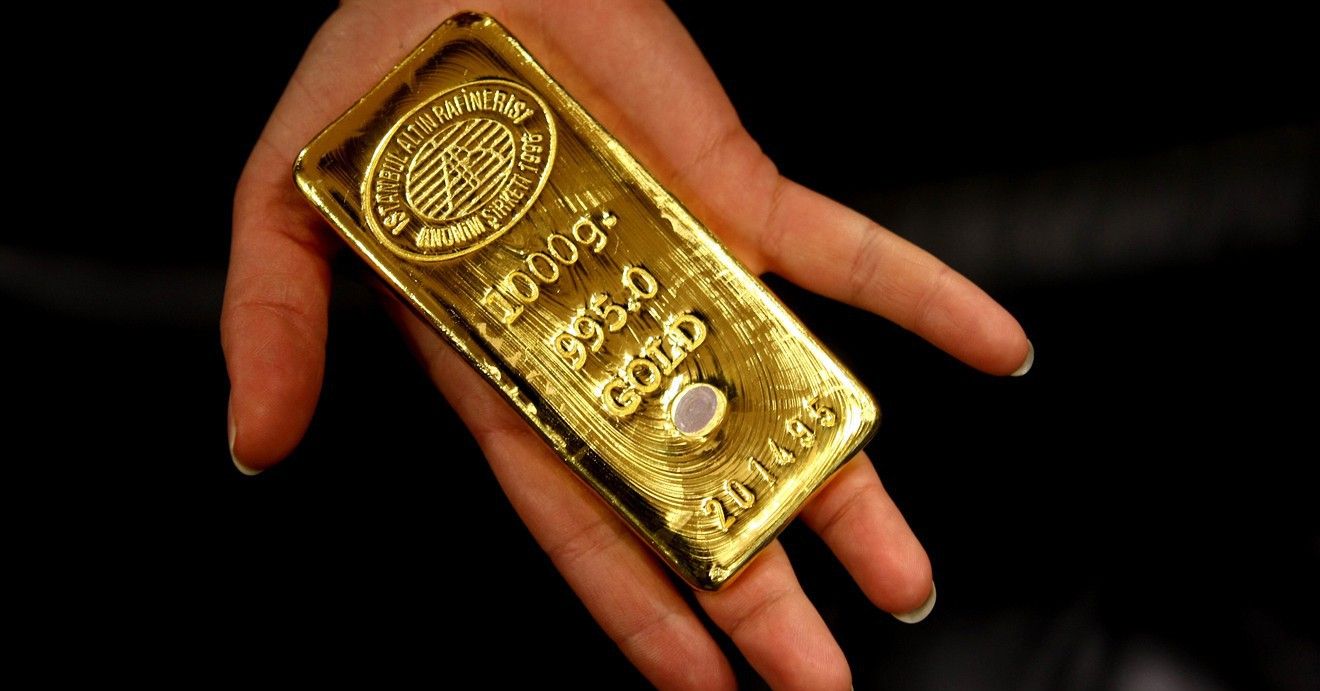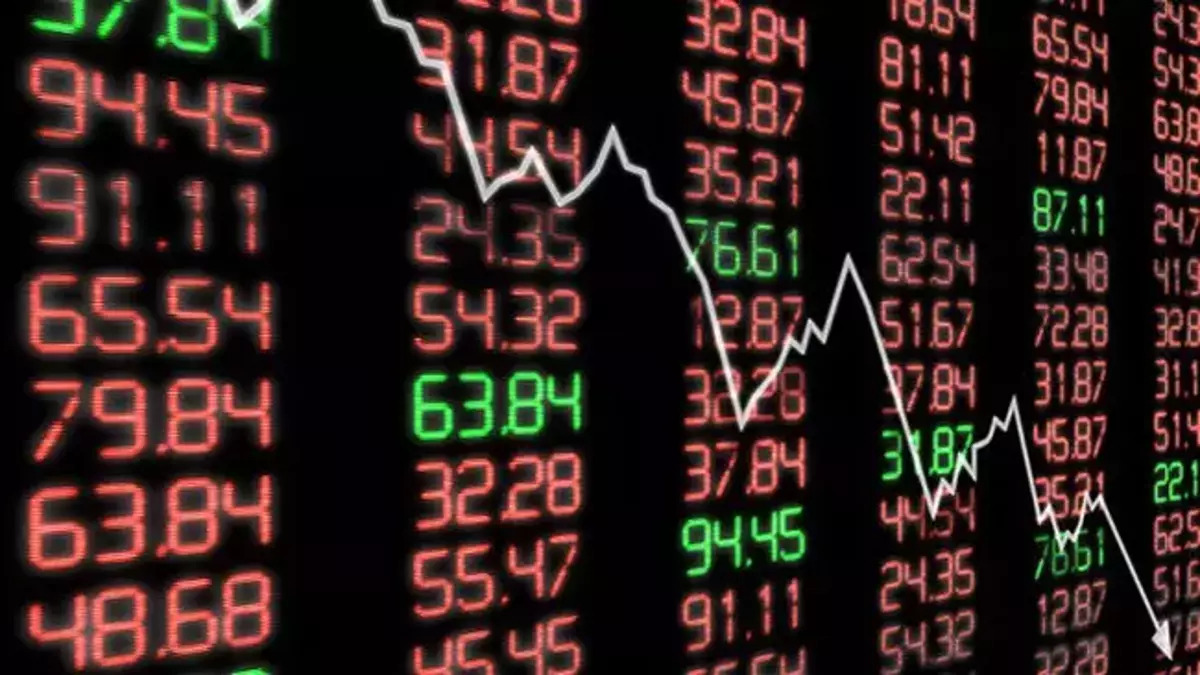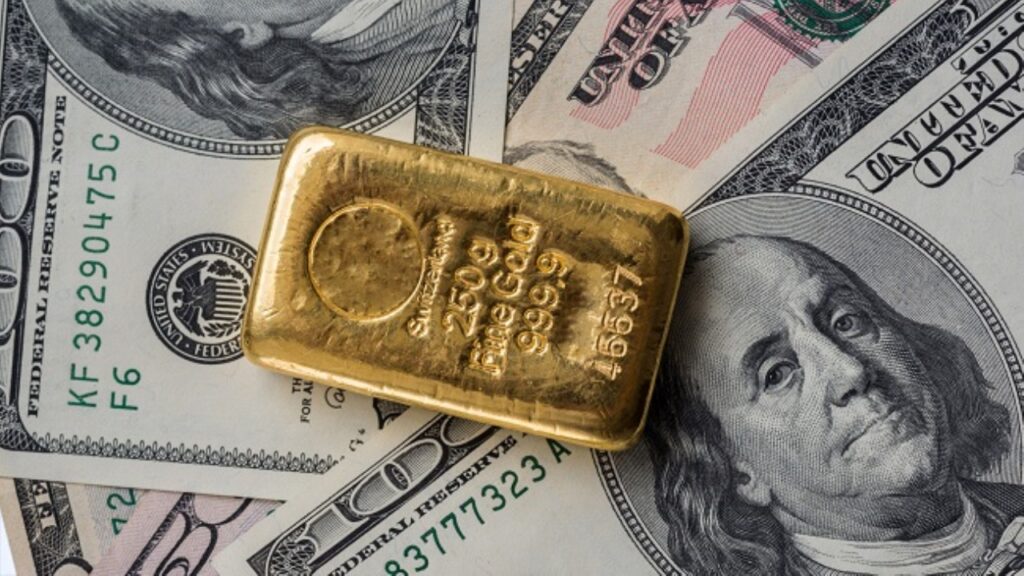High volatility in gold prices shook the market this week as critical support levels were broken and prices dropped to $1,650 per ounce. However, what the yellow metal does next will depend on the language Fed Chairman Jerome Powell uses at the central bank’s monetary policy meeting next week. Here are the details…
What happened in the gold market and expectations for the Fed’s rate hike
cryptocoin.com As we reported, gold saw a $80 move this week and dropped to $1,661. This marks the lowest level since April 2020. December Comex gold futures were trading at $1,682.60, down 2.7 percent in the most recent week. In other words, gold fell with the Fed’s more aggressive rate hike expectations… It fell sharply after data showing that demand for workers in the US remained strong.
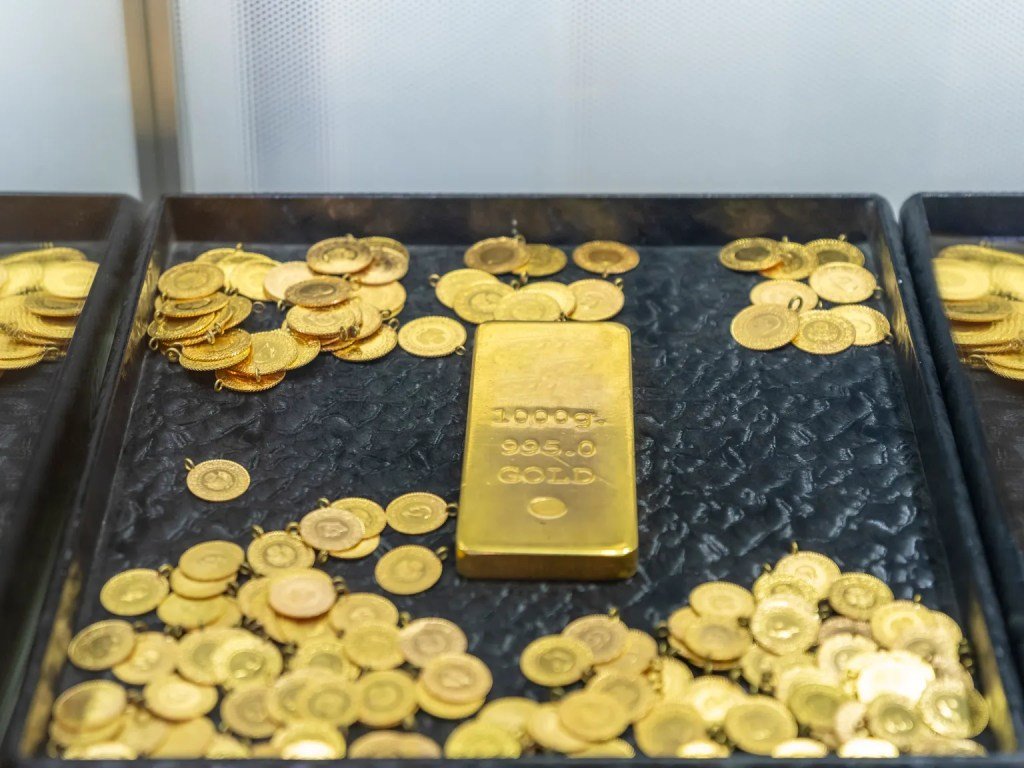
Expectations of a 75 basis point gain on Wednesday followed by a 75 basis point gain in November are putting heavy pressure on gold as US dollar and U.S. Treasury yields continue to rise. Gainesville Coins precious metals expert Everett Millman used the following statements in his statements on the subject:
The strength in the economy has removed the gold safe-haven appeal. Meanwhile, the interest rate hike expectations are pushing up the unsuitable real interest rate for gold. The higher the Fed rises, the more weakness gold will see in the short term.
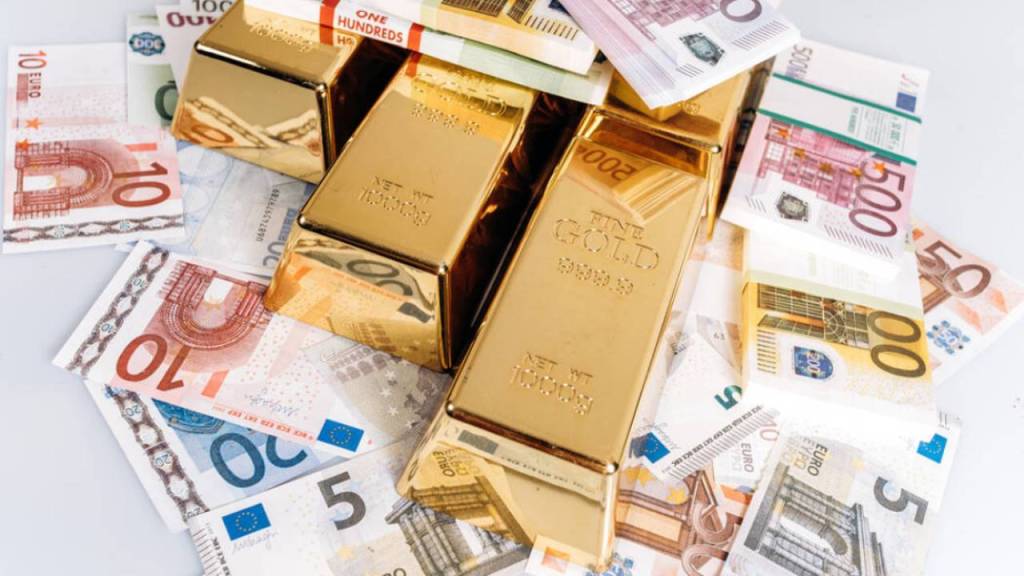
We are likely to see a deep pullback: Is a drop below $1,600 coming?
On the other hand, OANDA senior market analyst Edward Moya stated that an even deeper pullback in gold is not out of the question. “If the FED surprises with 100 basis points next week, we expect $1,600 to break and the outlook for gold to worsen,” Moya said. However, policymakers are likely to stick to a 75 basis point increase,” he said, adding the following statements:
Still, markets should be prepared for the US Federal Reserve to maintain this pace at its November meeting. This will keep the gold under pressure. If economic data deteriorates over the next few months, the Fed is likely to downshift. We also need to see inflation fall. The Fed has a balancing act to worry about. He can’t raise rates to 5 percent or higher without feeling too much pain.
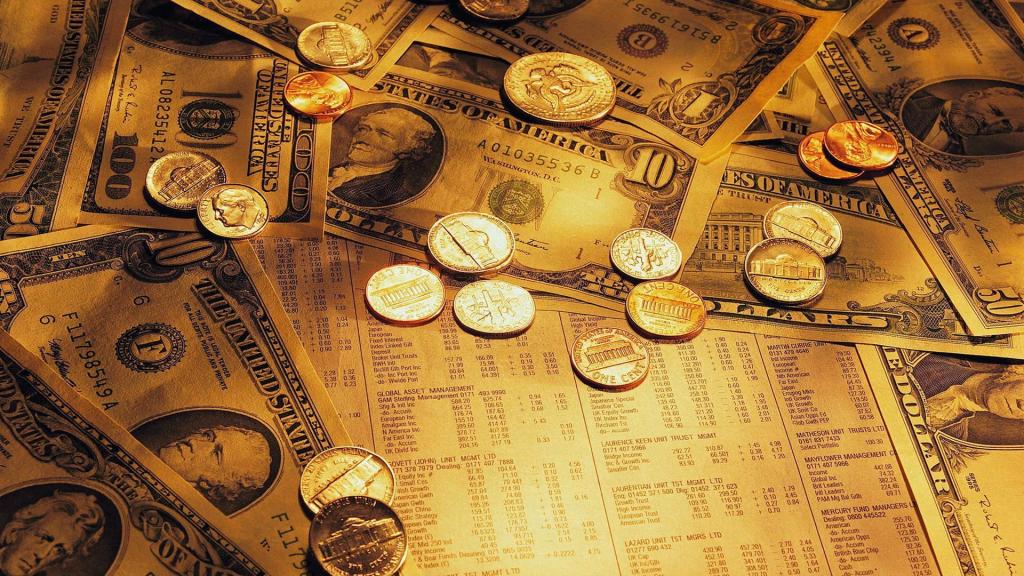
TD Securities increases its open position in gold
For gold to start to recover, the economy must show signs of slowing down. However, for now, the macro data shows that the labor market is still strong. Some analysts think that gold will move much lower in their forward forecasts. Recently, TD Securities cited the increased risks of a capitulation event. Then, it expanded its open position below on Friday. TD Securities’ new gold target level is $1,580. The stop-loss order is at $1,720 per ounce. Daniel Ghali, Senior Commodity Strategist of the company, said:
We started trading with the expectation that a repricing in Fed expectations would worsen continued outflows in the yellow metal amid rising persistent inflation… Our analysis shows that gold prices are not priced in in the next phase of the bullish cycle. We expect exits from money managers and ETF holdings to put pressure on prices.
 Attention To These Developments And Levels For Gold Prices Next Week!
Attention To These Developments And Levels For Gold Prices Next Week!The main support for gold is at $1,650.
Frank Cholly, senior market strategist at RJO Futures, said that while a pause in volatility is the most likely scenario after selling, the most “non-resistance” path for gold remains down. “The main support is now near $1,650,” Cholly said. This is the level at which buyers will test whether they are ready to step in,” he said.
The market is now priced at 75 basis points next week. Possibly the next potential has priced in another 75 basis points. Maybe Powell will say something during Wednesday’s Q&A to ease fears that the Fed will go overboard. Gold will like it. We cannot raise rates without giving the economy time to show more evidence that it is in recession. If the Fed wants a soft landing, it will have to slow rate hikes.

Other catalysts on the market and next week’s agenda
There’s also a “yield curve” shift to worry about next week. The yield curve is inverted when short-term treasury rates rise above long-term yields. The market often sees a 2-year and 10-year yield curve inversion as a preventative sign of a recession ahead. The 10-year Treasury yield was 3.46 percent and the 2-year Treasury yield was 3.88 percent. The yield gap is now minus 42 basis points. That is, at the deepest level of a month.
ING FX strategist Francesco Pesole says this shift in the yield curve is supporting the dollar and has greatly impacted commodities and other fiat currencies. Finally, next week’s data is as follows:
- Tuesday: US building permits, housing process begins
- Wednesday: Fed rate decision, current home sales in the US
- Thursday: BoE rate decision, US jobless claims
- Friday: Fed Chairman Powell to speak

